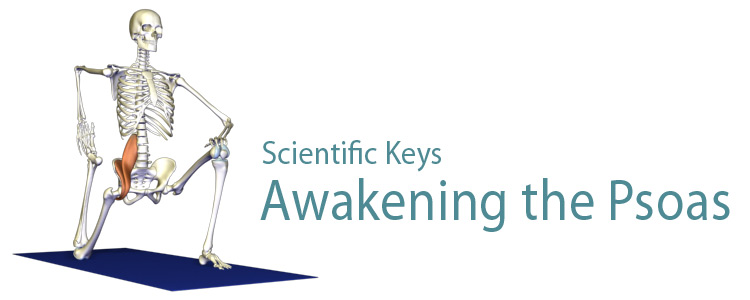Dear YOC community,
It is with our deepest regret that we write to share some tragic news from within our community. Many of you remember our former yoga teacher and longtime student Rhiannon Hull. Sadly, Rhiannon passed away in Costa Rica this past week when she and her youngest son Julian were both pulled under by a strong tide while swimming in the ocean. Rhiannon was able to save Julian's life, bringing him to the surface where nearby surfers were able to rescue him. Tragically, Rhiannon was then pulled back by the strong tide and they were unable to save her. She died saving her son's life.
We remember Rhiannon as she lived, with great energy, caring and passion. A former college and professional runner, she turned to yoga during her competitive years to help improve her running. She became certified in Prana Flow with senior Yoga teacher Shiva Rea and liked to describe her classes as a "groove of one's self". Besides teaching yoga, Rhiannon was a free-lance writer and self-proclaimed "Eco-Mama", spending her time balanced between writing for her online blog "The Eco-Family" (http://ecomama.squarespace.
Rhiannon leaves behind her husband Norm, her oldest son Gianni (8) and her son Julian (6). We ask you to join us as we send them our love, light and support, keeping Rhiannon's smile, bright light and enthusiasm for life in our hearts. At this point the best thing we can all do for them is send them our love, light and support and keep Rhiannon's smile, bright light and enthusiasm for life in our hearts.
Yoga on Center will be hosting a Candlelight Memorial Class in honor of Rhiannon. We invite you to join us November 11th, Friday, 5:30-7:00pm. More details will come soon.











